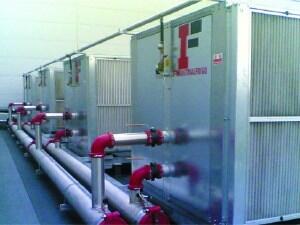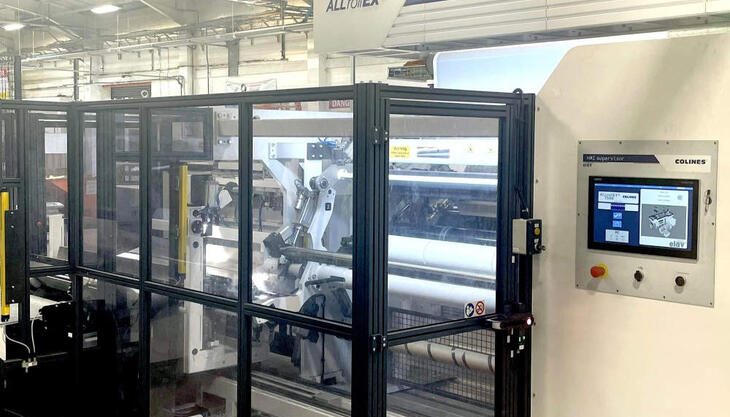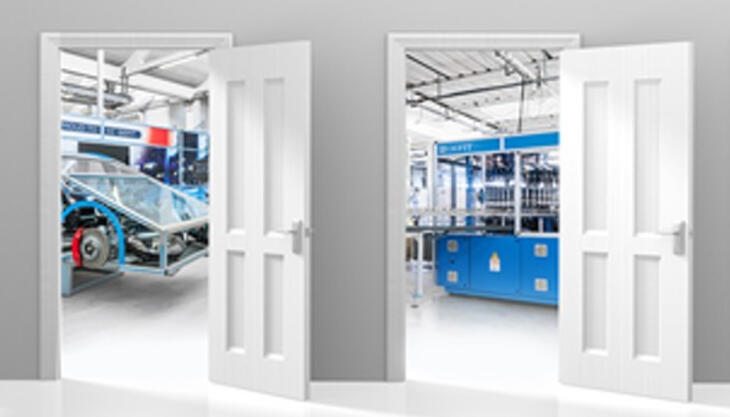Refrigeration trends

The European refrigeration market seems to be recording signs of marginal growth. According to Corrado Vezzoli, global sales export manager for Industrial Frigo, this is because it never fully ground to a halt. In fact, processors seem to have lowered investments into new their process machinery - extruders, injection presses and so on - in response to the market slowdown, but have continued to invest in refrigeration technology as well as in accessories generally (conveyors, dryers etc.). From a technical standpoint, the main reasons for this trend certainly include the need to reduce energy consumption, but also to replace gases traditionally used for cooling equipment. Use of ecological gases has in fact increased, but some of them have already been slated to disappear. The current European regulations on the use of dangerous and toxic gases such as R407, R410 or R134 require their total elimination from the market between 2018 and 2022. The alternative comes from carbon dioxide, ammonia or propane based refrigerant gases. Industrial Frigo has already launched the development of new machines that use ozone friendly gas like propane, which, despite being explosive, is not a pollutant; the same goes for ammonia. In Switzerland, for example, some ecological gases have already been banned, and in order to export products to this country which, clearly, respond to domestic and not EU regulations, it is important to consider that R407 and R410 gases can no longer be used in certain Cantons. Propane, as mentioned, is a flammable gas and potentially explosive. Therefore its use in enclosed areas can pose a number of problems, while it disperses very quickly into the atmosphere. Refrigerating systems, on the other hand, are rarely used in indoor facilities. Generally, it is the smallest units, containing extremely low quantities of gas, that are used in enclosed spaces. Larger ones are usually installed outdoors to take advantage of the greater space available, more favourable ambient temperatures and easier management. Returning to the market trend linked to processing sectors for plastic materials, “Over the past few years, the only thing that continued to show signs of growth was the film extrusion market”, Vezzoli confirms. “On the other hand, injection moulding is going through a stagnation period in Western and Eastern Europe, and even saw a downturn in Italy. Consider also that in the past year, in Italy, 300-400 injection presses were sold, compared to the approximately 3000 in “good years”. This also holds true for France and for Germany, in line with a general trend not only in Europe but the whole world, except for the emerging countries and China”. The major markets for refrigeration, according to the Italian manager, are those in emerging countries. “Brazil, for example, has had an excellent year, although now it appears to be slowing down, as various operators confirm, partly due to weakening of the local currency, which reduces the country’s spending power abroad. This moreover is a problem for a number of economies. In other countries (like Turkey), taxation has increased, so they are no longer classified as emerging. In Italy, all things considered”, Corrado Vezzoli concludes, “companies have continued to work, though more often have replaced existing plants rather than install new ones. The market has not stopped, but companies must however innovate and keep step with the times, not only as far as refrigeration equipment is concerned”.


















